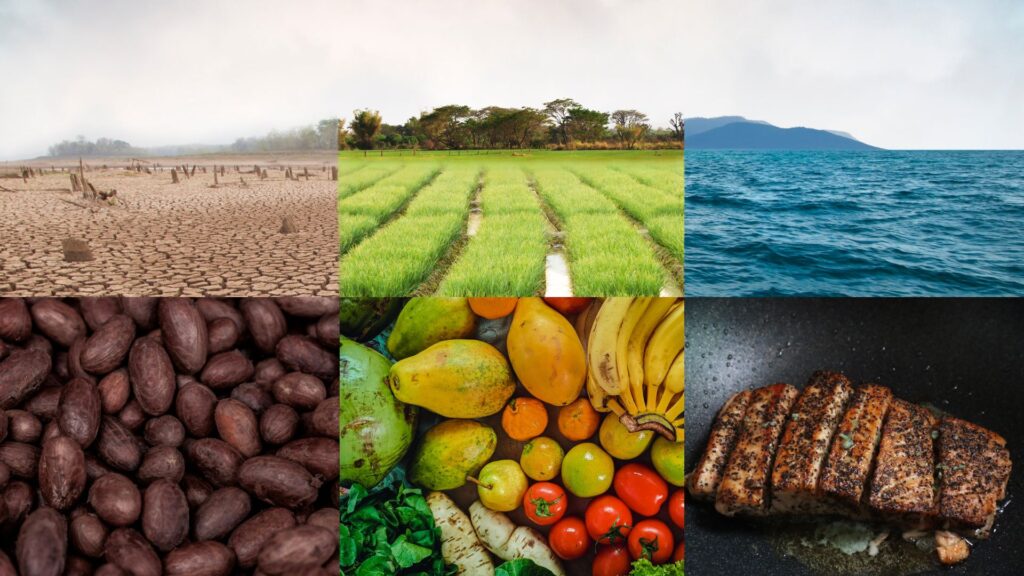A Surge in Beef Prices: Europe Under Pressure
Research from Eurostat states that in Europe, the price of beef has risen by 50% in the past year. This is due to reduced supply. Cattle numbers in the EU have dropped 6% over the last two decades. But crucially, one third of this decline has happened within the last 48 months. This is driven by climate factors but also by environmental regulations. Its important to remember “its not the cow, its the how”! Proper measurement can identify systems which are climate and environmentally friendly, without the need to cull cows and drive up food prices.
According to an RTE report (2025) Irish beef prices have soared from €5.18/kg to €7.77/kg in just over a year and that’s before quality bonuses. But what’s fueling this jump, and what does it mean for farmers and consumers?
- Relief for farmers, but risks remain: After years of high input costs (fertiliser, fuel, feed), rising beef prices offer much-needed relief. But not everyone’s winning, finishers face narrowing margins as calf and weanling prices skyrocket, partly due to live exports up 20% year-on-year.
- Consumer impact: Shoppers and diners are starting to feel it, steak prices are rising, and some restaurants may soon charge €50+ for premium cuts, or take them off the menu altogether.
- The broader picture: While the current boom supports rural incomes and local economies, there are challenges ahead from environmental rules and CAP reforms to climate pressures and potential demand drop-offs.
Additionally, although the initial 2025 forecast projected a 5% drop in Irish prime cattle supply, Bord Bia has revised that figure to 7–8%, due to a strong early-year supply surge.
But beef is just one part of a much bigger trend.
New research from a team that includes the UK’s Energy & Climate Intelligence Unit, the European Central Bank, the Food Foundation, and more has found that price spikes in foods from multiple countries worldwide were associated with extreme climactic events.
The study investigated examples of extreme weather events such as droughts, heatwaves, and floods that caused shocking spikes in staple food prices across 18 countries between 2022 and 2024.
- Lettuce in Australia – 300% increase in price
- Cocoa in Ghana and the Ivory Coast – 280% increase in price
- US vegetables – 80% increase in price
- UK potatoes – 22% increase in price
When climate change hits, it’s not just farmers who suffer. Millions of low-income families are pushed toward cheaper, less nutritious food, fueling rising rates of malnutrition, diabetes, heart disease, and cancer.
So how can farmers adapt, without sacrificing productivity or sustainability?
That’s where Senus comes in.
At Senus Terrain, we integrate remote habitat and land-use analysis with on-the-ground data collection, empowering farmers, ecologists, and researchers to manage land more efficiently and more sustainably. As beef systems evolve under environmental pressure, tools like ours can help identify high-value habitats, reduce input costs, and build resilience.
Our platform helps farmers to:
- Collect, verify, and manage field surveys, assessments, and operations using our GIS technology. Our cloud-based mapping platform automatically syncs in-field data and offers a suite of GIS tools for analysis and reporting.
- Reduce fertiliser and pesticide use by pinpointing areas with natural soil fertility or high biodiversity.
- Target interventions more effectively, reducing costs while supporting sustainable practices.
- Conduct fully remote habitat assessments with ease.
Our app supports UKHab, FOSSITT, EUNIS, and custom classification systems, making it easy to track habitat quality and conservation impact across landscapes, from farmland to nature reserves.
Email us at info@senus.com or visit www.senus.com to see how we can support your conservation and land management goals.
